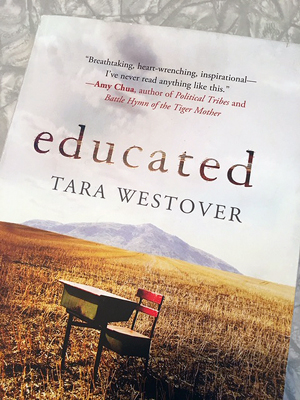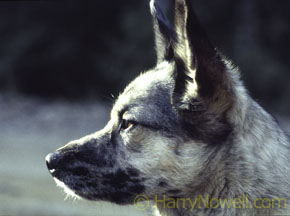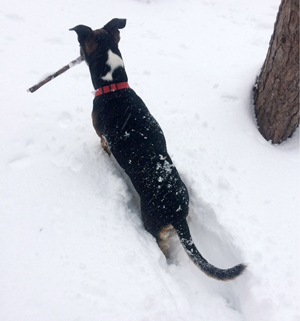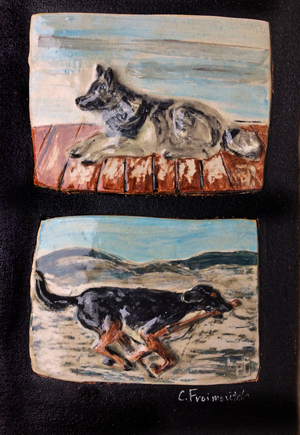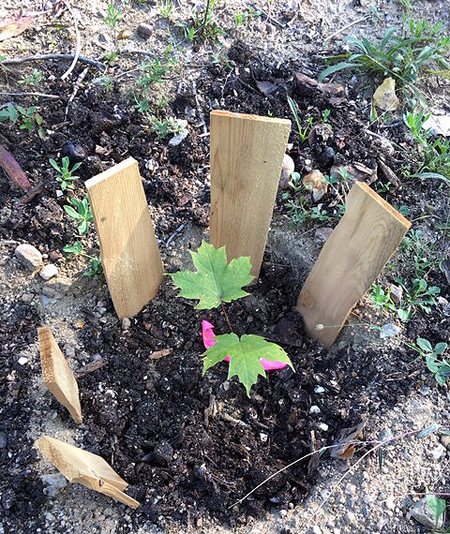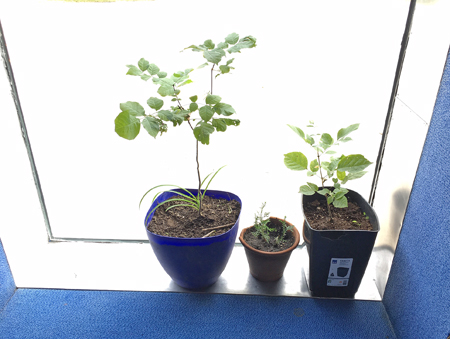Your plane crashed in the wilderness...
You’re the only survivor. You walk for 3 days with no food other than the few blueberries you find. You’ve only drunk water from creeks and swamps (that you hope is clean.) You have blisters on your blisters. You’ve slept poorly – shivering under your ripped plastic sheet and frightened by the midnight scufflings – you hope they are just raccoons and skunks. You’re alone. You’re scared about the other passengers’ families who are not as lucky as you.
You finally get to a road. Someone stops to help.
They offer you four choices:
• food and clean water.
• a hot shower and fresh, warm dry clothes.
• a dry, safe, indoor bed where you can sleep, uninterrupted, for 8 hours.
• a math lesson on geometry.
My guess is you do not choose the math lesson first.
Abraham Maslow developed a theory in psychology – the hierarchy of needs – that suggests people are motivated by base needs (survival) before pursuing more lofty goals like education. The hypothetical plane crash illustrates your desire for basic needs before academic advancement.
And so it is with school children.
Some children in our schools are not ready to learn because:
• they haven’t eaten enough today, this week or this year.
• they’ve lost someone close to them.
• they’re frightened of their neighbours, the bullies, or a family member (who is violent, abusive or suffers from mental illness).
• they keep having to move because they can’t afford rent.
• they wake up with nightmares every nght about what they experienced last year.
• they’re quietly suffering from a hidden illness – OCD, depression, cancer.
Children are good at hiding uncomfortable truths. If they are pre-occupied by a lack of food, shelter, safety, love they will not be able to soak up (or pay attention to) school lessons.
The causes for their inattention may be their ‘normal.’ Some kids (and adults) are not ready or able to absorb the education offered at our world-renowned public schools. They’re too busy trying to process or access more basic necessities – food, shelter, love and belonging, safety.
What can be done?
• Recognize a red flag. This can be tough. The challenges can be well hidden or disguised.
• Once a challenge is flagged, investigate the root of the behaviour (unexpected low academic scores, falling asleep at school, unexpected behaviour…) That can require support from other teachers, administrators, parents, multidisciplinary team (psychologists, social workers, etc.) It starts by building a relationship in the classroom. This step can be perplexing and require detective skills, compassion and empathy…
• Develop a support plan. This can involve social services, breakfast club, food bank, counseling, interpreters, doctors, and financial aid.
Listen, support and follow-up.

